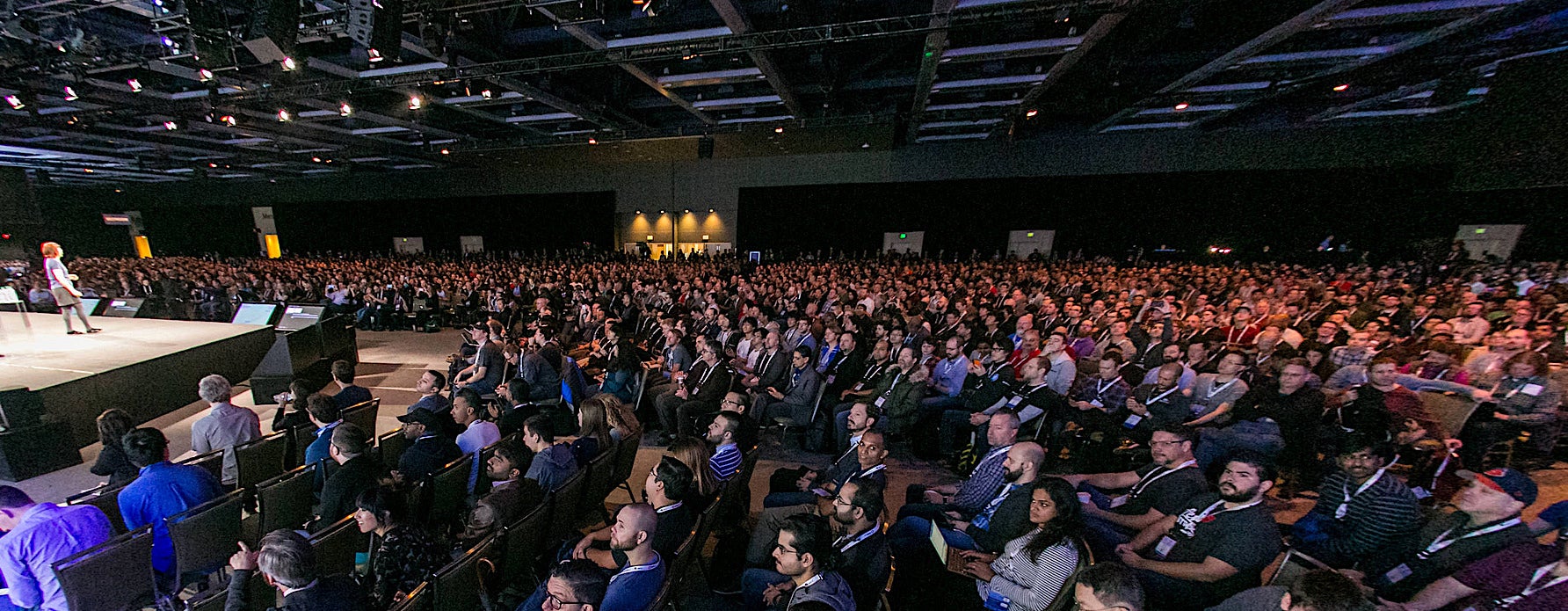Now that the various challenges and successes of 2018 are behind us, let’s look back at some of the year’s highlights and see what’s in store for 2019 here on Linux.com.
Wins for 2018
2018 saw amazing growth for open source generally and for The Linux Foundation specifically, with huge tech acquisitions and widespread industry adoption stemming from more than 20 years of steady open source development and innovation.
At The Linux Foundation, this growth was reflected in the formation of many new projects, such as:
It was also reflected in record-breaking events, such as the sold-out KubeCon + CloudNativeCon; in the unprecedented number of new members joining The Linux Foundation last year; and in training milestones, such as surpassing the one million mark for the number of people enrolled in Linux Foundation training and certification courses on edX.
This interest in learning and training was seen on Linux.com as well, where tutorials were consistently the most popular articles on the website. For 2019, our goal is to feed that interest with articles that educate and inform and that provide a firm foundation from which to explore the array of tools, projects, and opportunities within the open source ecosystem. You can look forward to previews of the best Linux distributions, in-depth command-line tutorials, information on LF training courses, ebooks, and webinars, highlights from industry-leading events, and much more.
A word for 2019
I read an essay by Melinda Gates in which she said that, rather than making a list of resolutions, she picks a word for the year and uses to that word to inform her goals and shape her actions.
When pressed to choose a word for 2019, I choose strength. In doing so, I think about the various projects, teams, and individuals I work with and how we are more effective when we collaborate, learn from, and advocate for one another. I think about advances in terms of inclusion and acceptance and how diversity and civility can strengthen our community. I think about the opportunities we have to improve open source practices, expand them into new areas, and apply them to create solutions to new and existing problems.
Open source is a powerful catalyst; its strength lies in the bonds formed through open development and shared knowledge which combine to make a stronger and more resilient whole. Let’s carry that strength into 2019 and become stronger together.



